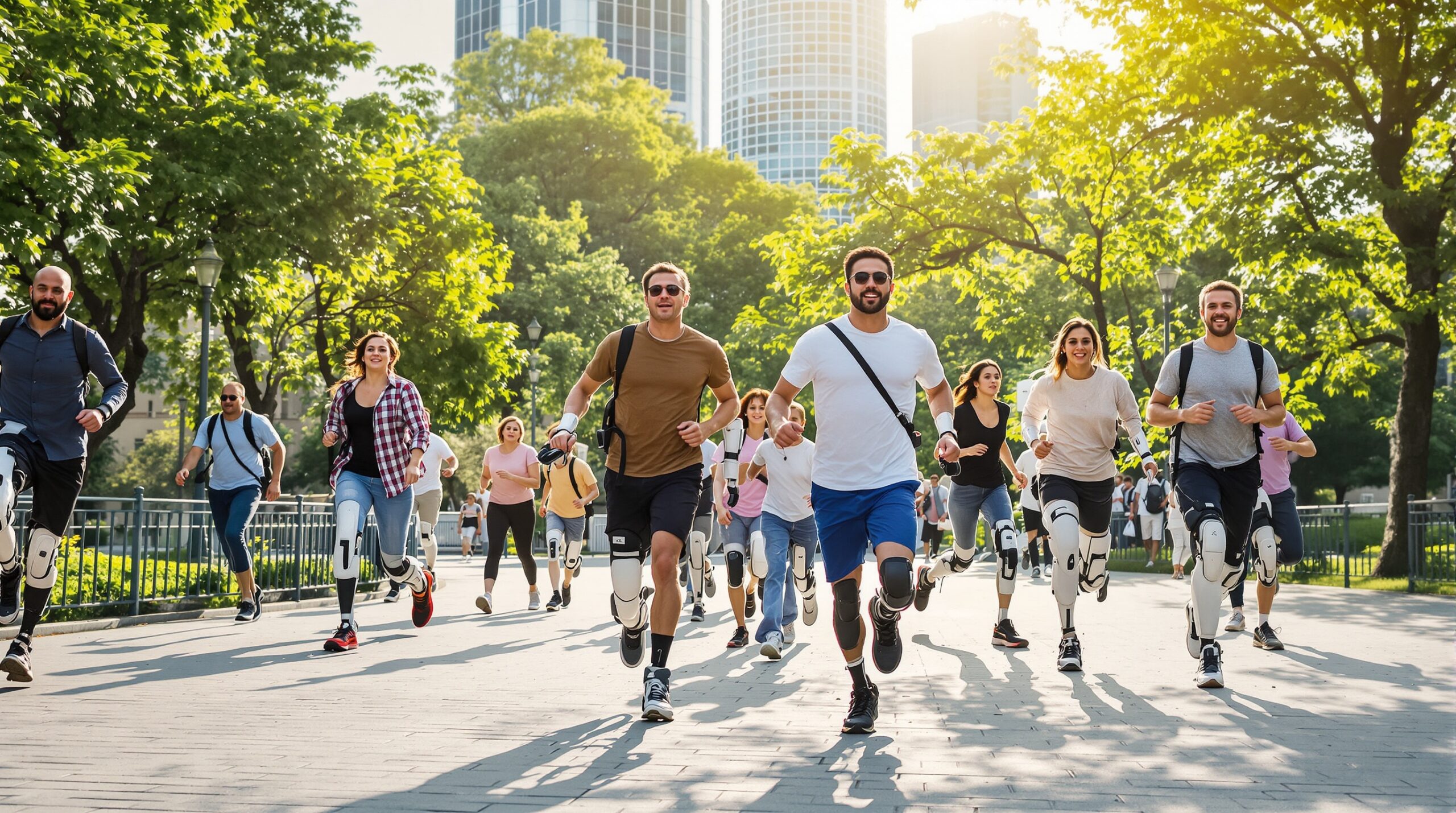Artificial intelligence (AI) is changing the lives of amputees across the globe. AI-powered prosthetics introduce new levels of mobility, independence, and comfort. As AI technology evolves, amputees can enjoy better control and adaptability in their prosthetic devices. This advancement offers hope for those seeking to reclaim an active lifestyle following limb loss.
The Challenge of Traditional Prosthetics
Traditional prosthetics often rely on simple mechanical systems or basic electronics to function. These devices are sometimes heavy, require great effort to control, and can lack intuitive movement. Many amputees struggle to perform everyday tasks efficiently with such prosthetics. This limitation impacts self-esteem, confidence, and overall quality of life. Without highly precise control, traditional prostheses often fail to replicate natural limb movement.
Conventional prosthetic limbs also require significant physical and mental adaptation. Users must learn to move in unfamiliar ways. Over time, this can contribute to frustration and fatigue. The need for adjustment and practice may delay the rehabilitation process. Limited function can keep amputees from engaging in sports or physically demanding jobs. These challenges have motivated researchers and engineers to explore smarter, more responsive alternatives.
The Science Behind AI-Powered Prosthetics
AI-powered prosthetics employ advanced algorithms to make prosthetic limbs intelligent. Sensors embedded in the device collect real-time data about muscle activity, limb position, and movement intent. This information enables the AI system to predict what action the user wants to perform. The prosthetic then responds rapidly, mimicking natural movements with greater accuracy and efficiency.
Machine learning models play a crucial role by analyzing patterns in the input data. Over repeated use, the AI learns the individual’s unique movement signatures. As a result, AI-powered prosthetics become increasingly personalized and intuitive for each user. Some models even use neural networks, deep learning, or pattern recognition for enhanced control. Smarter prosthetics can adapt on the fly, delivering smoother and more lifelike actions than previously possible.
Key Features of AI-Driven Prosthetics
Modern AI-powered devices often use myoelectric sensors to detect signals from muscles remaining in the residual limb. These sensors capture intricate muscle contractions and send this data to the AI system. With a rapid processing speed, the prosthetic interprets these signals nearly instantly, providing a real-time response. Wearers experience hands or legs that move in a way that feels much more natural.
Feedback mechanisms further improve user interaction. Haptic feedback can let a user “feel” objects held by their prosthetic hand. Some devices provide sensory feedback to indicate how tightly a hand is gripping, avoiding dropped objects or accidental crushing. Smart limb prosthetics also adjust automatically to changes in walking speed, stride length, or terrain type. These integrated features boost confidence and safety in everyday activities.
Enhancing Mobility: From Walking to Running
The most important benefit of AI-assisted prosthetics is enhanced mobility. AI enables automatic adjustments when walking on uneven ground, climbing stairs, or rising from a chair. The prosthetic recognizes a user’s intentions through muscle signals and adapts its movements accordingly. This level of intelligence offers a smoother, more stable gait and reduces the risk of falls.
For leg amputees, AI-driven knees and ankles adjust their stiffness or flexion angle in real-time. This makes walking more energy-efficient and less stressful on the body. Professionals and athletes have regained the ability to run, jump, and participate competitively in sports. AI-powered hands and arms restore essential abilities such as typing, gripping, lifting, or even playing a musical instrument. Every day movement no longer feels mechanistic but instead closely mirrors the natural function.
Real-World Success Stories
Thousands of people have already experienced life-changing benefits from AI-powered prosthetics. For example, bionic hands like Open Bionics’ Hero Arm or the DEKA Arm enable multi-grip functionality. Users report being able to tie shoelaces, hold tools, or shake hands with high confidence. AI-powered legs, such as Össur’s Rheo Knee, allow amputees to walk smoothly on sand, grass, or stairs.
Soldiers, accident victims, and congenital amputees often regain their independence through these tools. Rehabilitation times are greatly reduced compared to traditional options. Many users describe a renewed sense of hope, dignity, and inclusion in society. These stories inspire researchers and engineers to continue improving technology and widening accessibility.
Challenges and Areas for Improvement
Despite significant progress, AI-powered prosthetics face several challenges. High development and production costs can make these devices expensive for end users. Insurance coverage varies widely between countries, which can limit access for many patients. Robust training and customer support are essential, as new users must learn to interact effectively with smart systems.
Battery life remains an important consideration. Advanced AI features require substantial energy consumption. Current research aims to optimize power management and design lighter, longer-lasting batteries. Furthermore, cybersecurity protocols must safeguard personal data collected by connected prosthetic systems. Addressing these obstacles will help bring the benefits of AI prosthetics to more people worldwide.
The Future of AI-Enabled Prosthetics
Research and innovation in the prosthetics industry show no signs of slowing down. Future devices will likely integrate even more advanced features, such as direct brain-machine interfaces. These systems would interpret electrical signals directly from the brain for nearly seamless limb control. Improvements in wireless connectivity could enable remote configuration, adjustments, and tele-rehabilitation.
AI-powered prosthetics of tomorrow may offer greater customization through 3D-printed, patient-specific designs. Integration with wearable sensors and smart home devices could streamline daily activities further. Continuous software improvements can ensure that each device keeps learning and evolving alongside its user. Partnerships between tech companies, healthcare systems, and advocacy organizations are essential to ensure global access and affordability.
Conclusion: Empowering Lives Through Technology
AI-powered prosthetics bring new independence and confidence to amputees worldwide. Smart limbs that mimic natural movement support a physically and emotionally healthy lifestyle. As technology matures, more individuals will be empowered to pursue their dreams and rejoin society fully. AI-assisted prosthetics are not only a triumph of engineering but also a testament to human resilience and innovation.
Collaboration between researchers, clinicians, and users drives future progress. With continued investment and compassionate care, AI-powered prosthetic limbs will help millions lead richer, more mobile lives globally.


